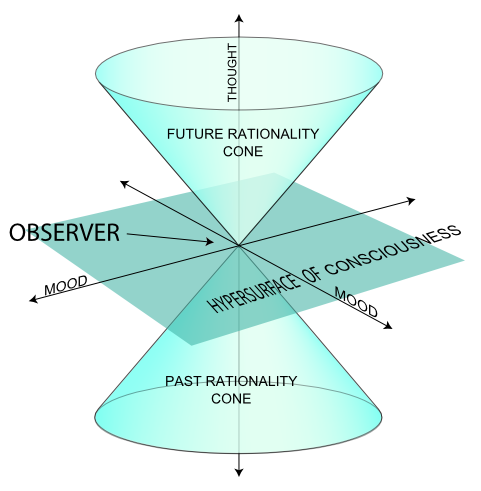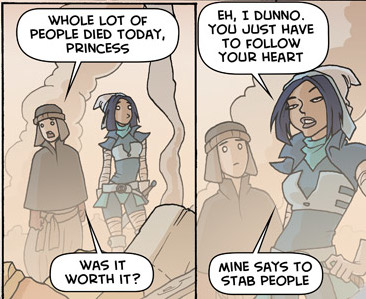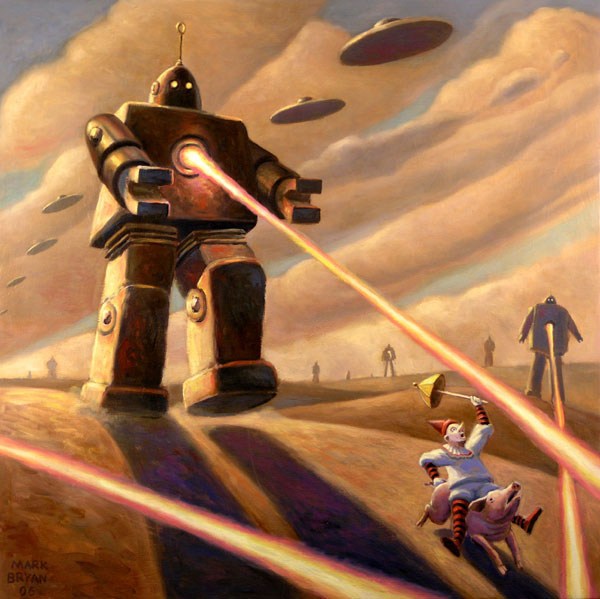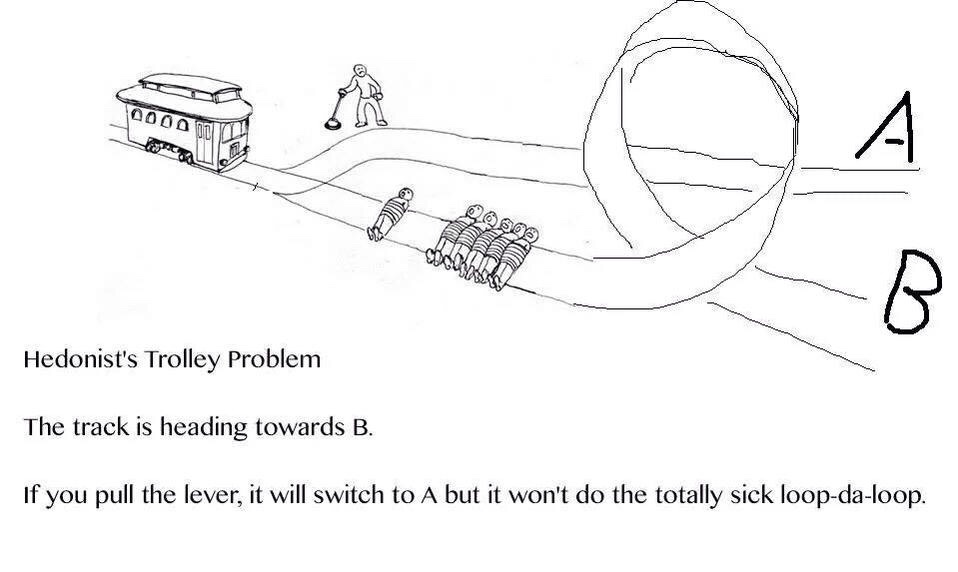There are different sorts of constraints on thought. We forget things, we fail to infer consequences of our beliefs and we have features of perception, like blind spots, that affect our understanding of our surroundings. We also can be greatly affected by our emotions: when we are angry — when we see red — we are unable to see the anything but the things that are making us mad; when we are infatuated we are, conversely, unable to see anything wrong with our object of desire.
This account of emotional states — moods — is interesting because moods affect our overall reasoning ability. Given one mood, we will be able to make certain inferences; given another, we will make different inferences. Moreover, what seems to be a rational inference in one mood may be irrational in another mood.
At this point we have thought, which is comprised of our knowledge, perception and deductions we make, and mood, which modifies and constrains thought. If we consider the situation over time, then at any point a person has a history of thoughts and moods, which has led up to the current state, and a potential future of moods and thoughts based on where that person is now. Going from one mood to another, or one thought to another, can only be done within a limited range, i.e. no thoughts or moods can be completely detached from prior thoughts or moods. This gives us a perspective on the relation between rationality, consciousness and thought:
Considering a person’s consciousness at some point, we can map what we consider rational and irrational based upon the potential mood and thought changes. Any possible future belief (a combination of thought and mood) will be a combination of changes in prior moods and thoughts. Beliefs that require too great a change in both thought or mood may be outside the realm of rationality for a person, while beliefs that require little effort will fall within the realm of rationality. Hence, the rationality cone

The Future Rationality Cone illustrates how, given changes in thought or mood, a person’s beliefs can become different from their current beliefs. The edge of the cone is the limit of what that person could possibly rationally believe: anything outside the edge requires too great a jump in thought or mood from where they currently are. Any point inside the cone represents a set of beliefs that the person could rationally have, given different circumstances. The bottom half of diagram shows the past rational states that could have led up to the current state, as represented by the Past Rationality Cone.
—–
If the above scheme is familiar, it is because it is modeled on the Light Cone from physics; the diagram is from the linked Wikipedia page. I always found it fascinating that the light cone implies that there is part of the universe immediately surrounding each of us that we can never physically access. Likewise, there are thoughts and moods that are just like our own that appear irrational to us—even if they are not—because they fall outside our capabilities. Other people could, however, have these thoughts because their rationality cones are not exactly aligned with our own, or they started from another location, which enabled them to access that part of the mental universe.



One thought on “The Rationality Cone”
Comments are closed.